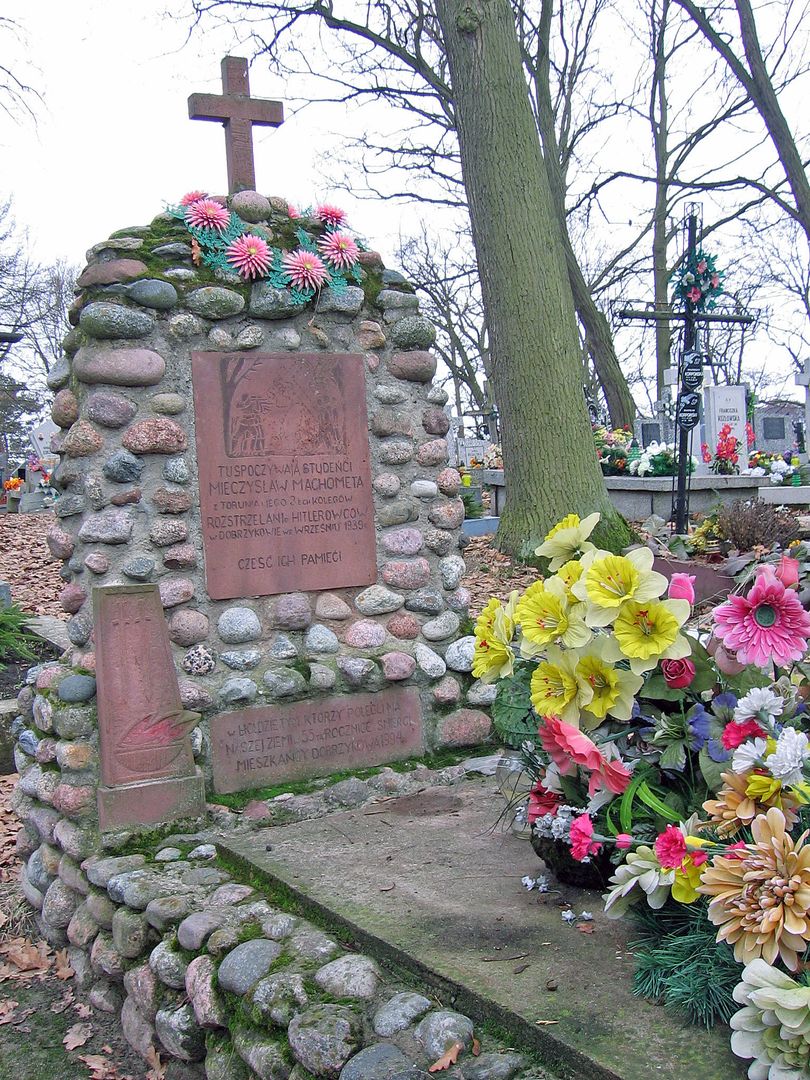Dobrzyków
6.78

Overview
Dobrzyków is a village located in the Masovian Voivodeship, in Płock County, within the administrative district of Gąbin, on the left bank of the Vistula River, near the city of Płock. The name of the locality likely originates from the words "dobrze kuć" (meaning "to forge well"), referring to blacksmiths, or from the surname Dobrzykowski. In geographical regionalization, Dobrzyków lies within the microregion of the Brwilno-Radziwie Plain, and the Wielka Struga stream flows through the village.
The history of Dobrzyków dates back to the 14th century when the local parish of St. Stanislaus was established. In later years, the village became a center for grain trade thanks to its harbor on the Vistula. In the 17th century, a wooden church was built, and in the 18th century, the present brick church was erected, renowned for its painting of the Madonna and Child. Dobrzyków was an important center for the local community and a noble estate. During the partitions of Poland, it came under various administrations, and in 1918, its bells were confiscated by German troops. In World War II, the village witnessed battles along the Bzura River, and many residents were deported to camps. After the war, Dobrzyków became the seat of the local municipality but was hit by a flood in 1982.
The village features valuable historical monuments, such as an 18th-century wooden church, a chapel in the cemetery, a granary, and historic houses. Dobrzyków has educational institutions, and public transportation is provided by PKS bus stops and local buses. Notable residents include the chemist Józef Herman Osiński and the historian Wincenty Zakrzewski. Combining a rich history with cultural diversity, Dobrzyków is an interesting place on the map of Masovia.
Location
City
Gąbin Deanery
Tertiary Administrative Division
Gabin
County
Płock County
State
Masovian Voivodeship
Country
2025 Wizytor | All Rights Reserved